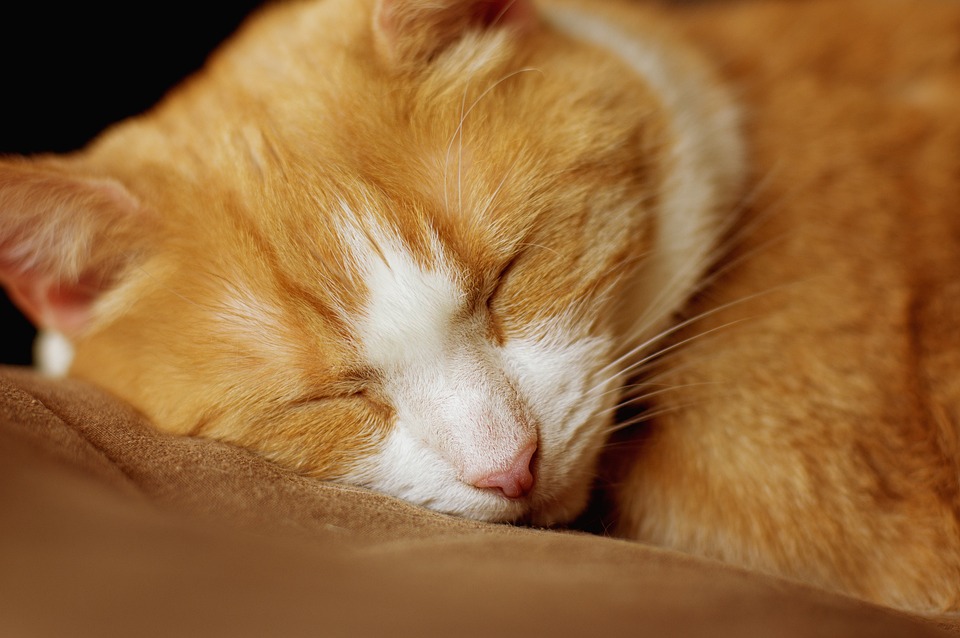Grooming is an essential aspect of a dog’s overall health and well-being. It helps maintain their coat, prevents matting, and promotes good hygiene. However, some dogs may exhibit excessive vocalization during grooming sessions, which can be concerning for pet owners. In this article, we will explore the causes behind this behavior and provide potential solutions to help you and your furry friend have a stress-free grooming experience.
Excessive vocalization refers to persistent and unnecessary vocal sounds, such as whining, whimpering, or growling, that dogs emit during grooming sessions. It is important to note that some vocalization is normal, especially if your dog is expressing discomfort or fear. However, when it becomes excessive, it may indicate an underlying issue.
One common cause of excessive vocalization during grooming is pain or discomfort. Sensitivity or pain in certain areas of the body, such as joints or muscles, can make grooming uncomfortable for your dog, leading to excessive vocalization. Additionally, skin conditions, such as allergies or infections, can cause itching or pain, resulting in vocalization during grooming.
Fear or anxiety can also contribute to excessive vocalization. Some dogs may have had negative past experiences related to grooming, leading to fear or anxiety during subsequent grooming sessions. Loud noises, unfamiliar environments, or the presence of strangers can also trigger fear or anxiety in dogs, resulting in vocalization.
To address excessive vocalization during grooming, there are several solutions you can try. Firstly, create a calm and comfortable environment for grooming. Choose a quiet, well-lit area free from distractions or loud noises. Using a non-slip surface, such as a rubber mat or towel, can provide stability and comfort during grooming.
Gradual desensitization can also be helpful. Introduce grooming tools gradually, allowing your dog to become familiar with them and associate them with positive experiences. Start with short grooming sessions and gradually increase the duration as your dog becomes more comfortable.
Positive reinforcement is another effective strategy. Reward your dog with treats, praise, or playtime during and after grooming sessions to create positive associations. Use a gentle and calm voice to reassure your dog throughout the grooming process.
If your dog’s excessive vocalization persists despite your efforts, consider seeking guidance from a professional dog trainer or a certified animal behaviorist. They can provide tailored advice and techniques to address your dog’s specific needs.
In conclusion, understanding and addressing excessive vocalization during grooming sessions is vital for the well-being and grooming experience of your furry friend. By identifying the underlying causes and implementing suitable solutions, you can help your dog feel more comfortable and ensure a positive grooming experience for both of you. Remember to always approach grooming with patience, kindness, and the appropriate knowledge to create a stress-free environment.








